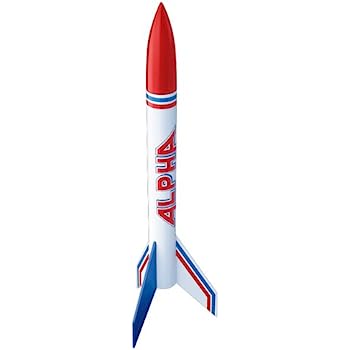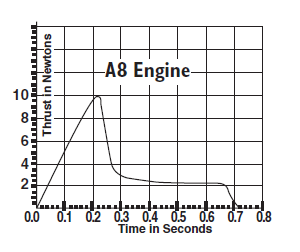RICHARD COLARCO
Well-Known Member
- Joined
- Feb 15, 2019
- Messages
- 78
- Reaction score
- 58
My granddaughters have shown an interest in rockets. We are lucky to live near NASA/Goddard Space Flight Center, who host a rocket outing every month. I have purchased an Estes starter kit, which looks pretty straightforward for a beginner. I would like to launch from my front yard, which is about an acre and pretty square. Of course I would like to recover the rocket, so I want to start small. The kit comes with the following motors:
A8-3
B6-4
C6-5
The rocket, sans motor, weighs 1.25 ounces. Running the rocket equation leads me to believe the A8-3 will raise the rocket to about 437 feet, the B6-4 to 1700 feet, and the C6-5 to almost 6000 feet! (ignoring drag) Am I missing something? Are these numbers realistic?
Of course I would like to recover the rocket, which does not appear to be a good expectation if I use any but the smallest motor.
Can I get a smaller motor for a good first proof of concept flight? Which motor should I get? What is the lowest impulse motor I can use?
Thanks for the help.
A8-3
B6-4
C6-5
The rocket, sans motor, weighs 1.25 ounces. Running the rocket equation leads me to believe the A8-3 will raise the rocket to about 437 feet, the B6-4 to 1700 feet, and the C6-5 to almost 6000 feet! (ignoring drag) Am I missing something? Are these numbers realistic?
Of course I would like to recover the rocket, which does not appear to be a good expectation if I use any but the smallest motor.
Can I get a smaller motor for a good first proof of concept flight? Which motor should I get? What is the lowest impulse motor I can use?
Thanks for the help.








